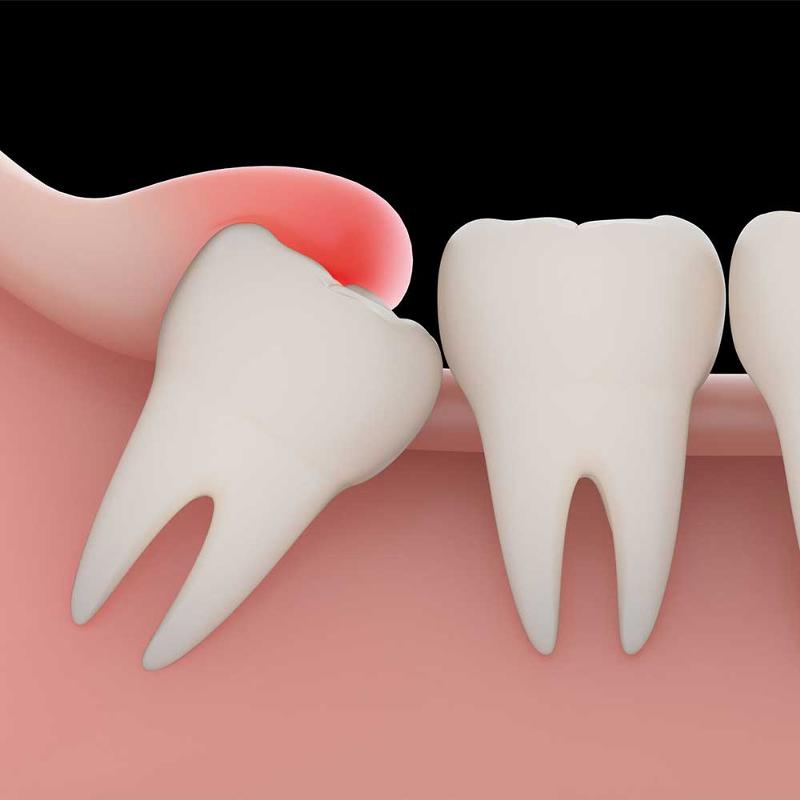Horizontal bone augmentation is a specialized procedure aimed at increasing the width of the alveolar ridge, the bony ridge in the jaw that holds the teeth. This technique is crucial in dental and maxillofacial surgery, particularly in cases where there is insufficient bone width to support dental implants or other restorative dental procedures. The loss of bone volume, particularly horizontal bone loss, can occur due to various factors such as tooth loss, periodontal disease, trauma, or congenital abnormalities. This comprehensive overview will discuss the indications, techniques, biological processes, and outcomes of horizontal bone augmentation. Vivimedi Travel Agency offers high-quality horizontal bone augmentation solutions with its certified instutitions.
Indications for Horizontal Bone Augmentation
Horizontal bone augmentation is indicated primarily when there is a lack of sufficient bone width to support dental implants. After a tooth is lost, the alveolar ridge begins to resorb, especially in width, making it difficult or impossible to place implants without augmentation. This procedure is necessary for:
- Dental Implant Placement: When the alveolar ridge lacks sufficient width, placing a dental implant becomes challenging. Implants require a certain amount of bone on all sides to ensure proper integration and stability.
- Periodontal Disease: Periodontal disease can cause significant bone loss, leading to both horizontal and vertical deficiencies. Horizontal augmentation can be necessary to restore bone volume before implant or prosthetic placement.
- Trauma or Injury: Accidents or trauma that damage the jawbone may lead to bone loss, requiring horizontal bone grafting to restore the structure.
- Congenital Defects: Some individuals may have naturally thin or underdeveloped jawbones, requiring augmentation for functional or aesthetic restoration.
Biological Process of Bone Regeneration
Bone augmentation is a dynamic process that relies on the body’s ability to heal and regenerate bone tissue. After placing a bone graft or initiating distraction osteogenesis, several biological processes occur:
- Osteoconduction: Bone-forming cells migrate into the grafted area along a scaffold created by the graft material.
- Osteoinduction: The graft material stimulates the differentiation of progenitor cells into osteoblasts, the cells responsible for bone formation.
- Osteogenesis: In the case of autografts, living osteoblasts from the graft directly contribute to new bone formation.


